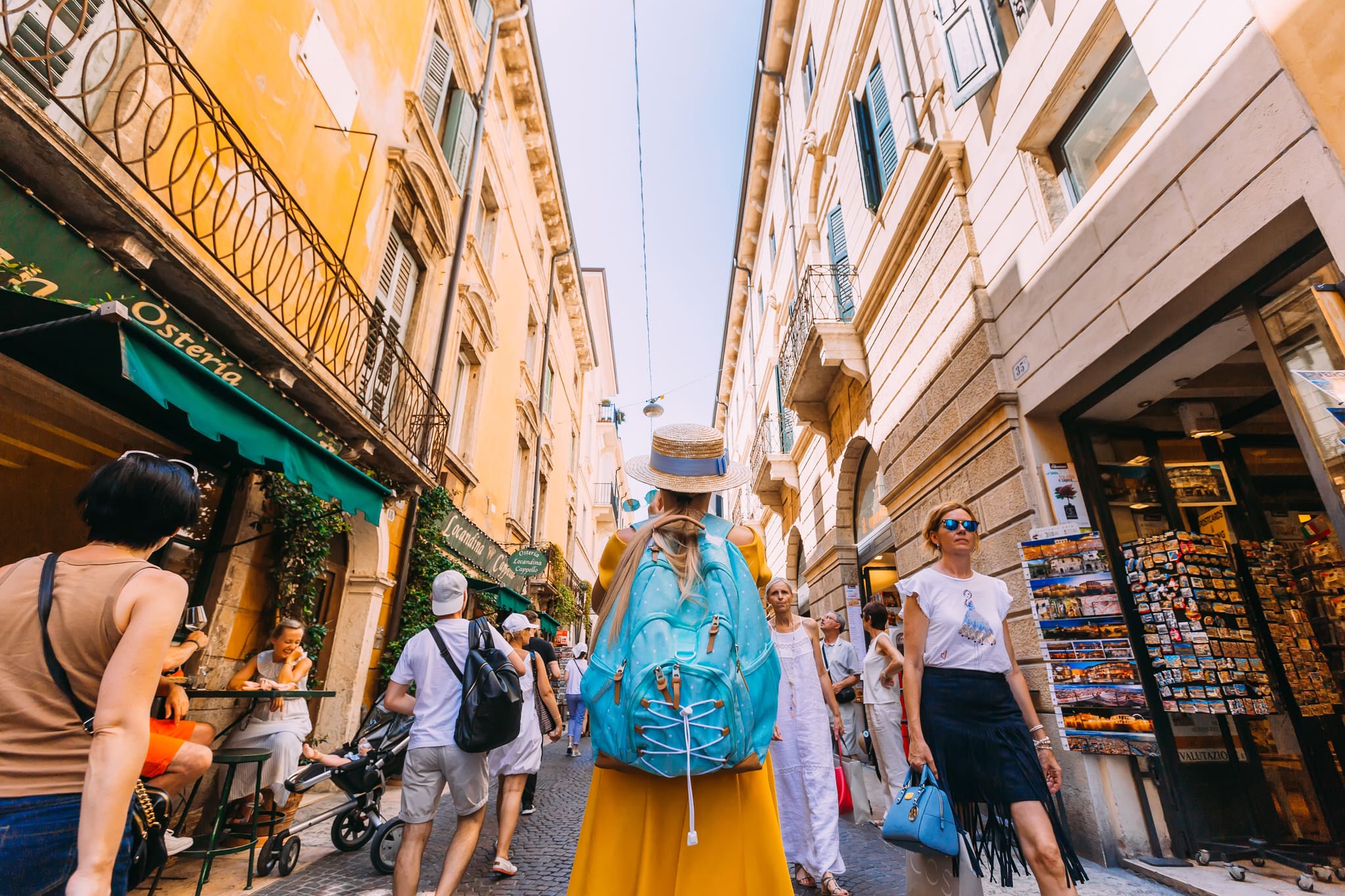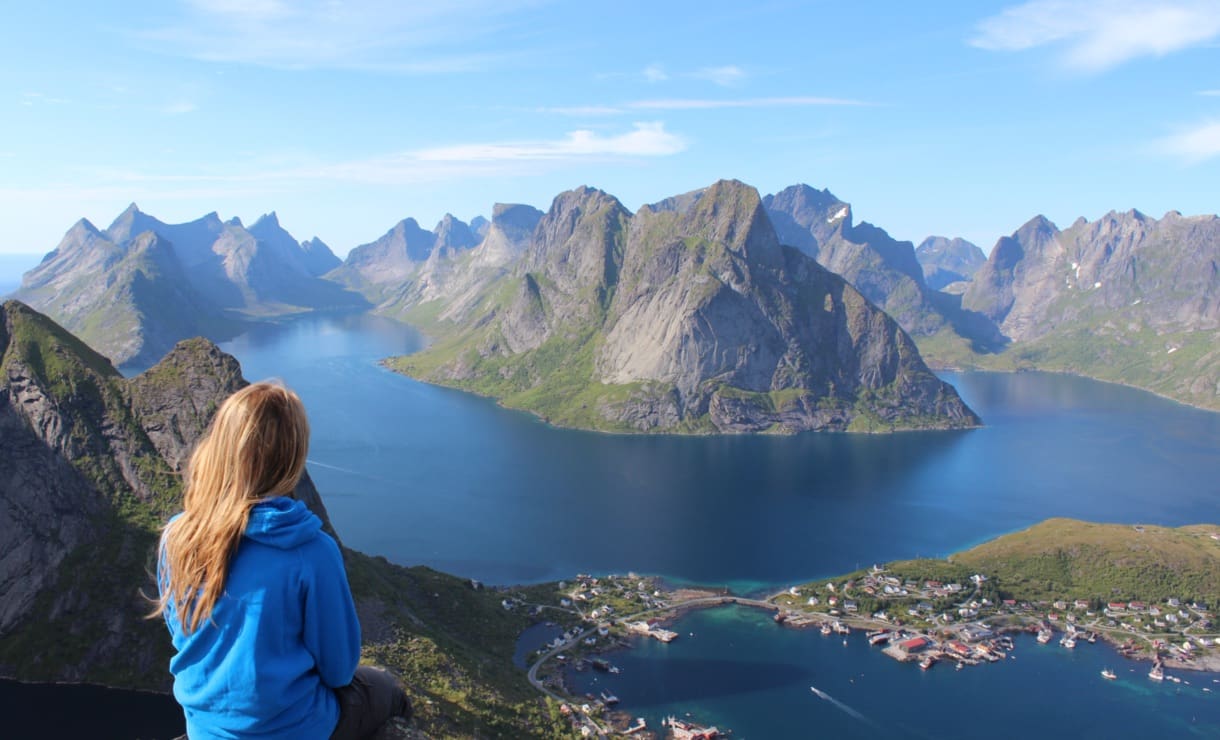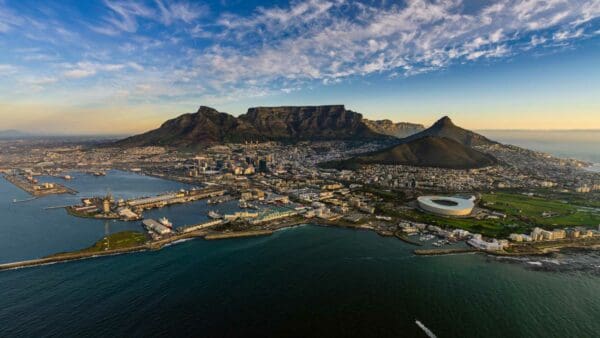
Columbia
Colombia is one of the most ecologically diverse countries in the world. It is also home to unreached tribes, a large student population rapidly rejecting the Gospel, and thousands of children living on the streets. Colombia sits at the crossroads of Central and South America, making its culture almost as diverse as its natural resources. The nation is also heavily influenced by Native American, Latin, European, African, Middle Eastern, and American cultures.
Ecuador
Named after the Spanish word for “Equator”�, Ecuador is full of natural beauty. From the Amazon River to Andean glacial volcanoes, this country and its people are sure to enthrall you. Quito, is the highest capital city in the world, at over 9,300 feet above sea level. Its views are breathtaking. Although prosperous overall, certain regions of Ecuador continue to struggle with more than half of the population at or below the poverty line.
Peru
From the breathtaking Andes mountains and vast coastal deserts to the lush, tropical rainforests of the Amazon Jungle, Peru is one of the most biodiverse countries on Earth. The birthplace of several proud, ancient civilizations, present day Peru is home to multiple indigenous groups who blend into a unique and beautiful culture. Sadly, the people of Peru struggle with extreme poverty and class inequality. Government corruption hinders economic development, and many people face problems like teenage pregnancy, substance abuse, and crime.
Spain
Spain sits on the Western edge of the only post-Christian continent on the planet. One of history’s first global empires, its language is the 3rd most spoken in the world. The birthplace of bullfights, the Inquisition, and tapas, this land of deep passion needs new life breathed into their faith. Though 94% of Spaniards would declare themselves Roman Catholic, only 25% of the nation attends a religious service once a month.
Bulgaria
Formerly part of the Eastern Bloc, Bulgaria remained under socialism until 1990. Today this democratic nation is part of the European Union. The sixth country to put an astronaut in space, Bulgaria has the second highest amount of Mensa members in the world. It is also a primary source, transit, and destination point for human trafficking in Eastern Europe.
Montenegro
Known as “Black Mountain”�, Eastern Europe’s Montenegro shares borders with Croatia, Bosnia, Kosovo, Serbia, and Albania. Formerly part of the Communist Yugoslavia, the nation is still recovering from the impact of Yugoslav wars of the 1990s. Having declared independence from Serbia in 2006, Montenegro is currently working to be the newest member of the European Union. Ethnic tension runs generations deep. With so many people groups living within this tiny nation; they are most united in their religion: over 70% practice Serbian Orthodoxy, while the Albanian citizens (19%) are Sunni Muslim. This is a country of deep wounds and even greater dreams; they are hungry for the hope and healing.
Serbia
Formerly part of Communist Yugoslavia, Serbia’s people have a story to tell. The Balkan Peninsula has a long history of ethnic tension, as reorganized borders don’t always match the people living within the nation. While many ethnic Serbs live in Albania, Montenegro, and other nearby countries, many of within Serbia’s borders claim another country as home. Great social injustices on both sides have led to organized crime and human trafficking. Those living in the Balkan Peninsula are hungry for hope and restoration.
Malaysia
Located in Southeast Asia, Malaysia has one of the most competitive economies in all of Asia. Known for the tallest twin towers in the world, the Petronas Towers, it is a rising power in our global economy. With a large number of immigrants from India, Thailand, China, and Burma, Malaysia is culturally rich, with heavy influences of Hinduism and Buddhism. However, this culturally diverse and rapidly developing nation is mostly Muslim. With 61% of the population practicing Islam and 19% claiming Buddhism, the majority of Malaysians have never heard the Gospel.
Thailand
Behind Thailand’s beautiful beaches, its people’s smiling faces, and the tropical jungles lies a terrible secret: modern day slavery. In Buddhist culture, women work to support their families so men can earn spiritual merit as monks. Many parents send their daughters to work in cities where the only option is prostitution. As the country’s natural beauty continues to draw visitors, sexual tourism continues to grow. It’s estimated 60% of tourists visit the Red Light Districts and 90% of Thai men visit local karaoke bars for the same reason.
Cambodia
Cambodia boasts the famous Angkor Wat, a Hindu temple that later became a Buddhist monastery. Hidden for centuries under dense jungle, today Angkor Wat is one of most photographed places in the world. Cambodia itself is struggling to heal from one of the worst genocides in modern history. In the 1970’s, the Khmer Rouge killed over 1.5 million men, women, and children. Faced with inconceivable poverty and desperation, Cambodia became a source, transit point, and destination for human trafficking. The people of Cambodia are hungry for hope and healing.
Philippines
Known for its diverse terrain of mountains, volcanoes, and beaches, the Philippines is a popular haven for tourists. A melting pot of cultures, religion, and tradition, the beautiful people of the Philippines are very diverse, with influences from America, Spain, and other Asian countries. More than a getaway for Westerners, this 7,000 island archipelago is home to many who earn less than 15 cents per day giving them the status of ultra poor. In order to survive, some have resorted to prostitution and human trafficking.








